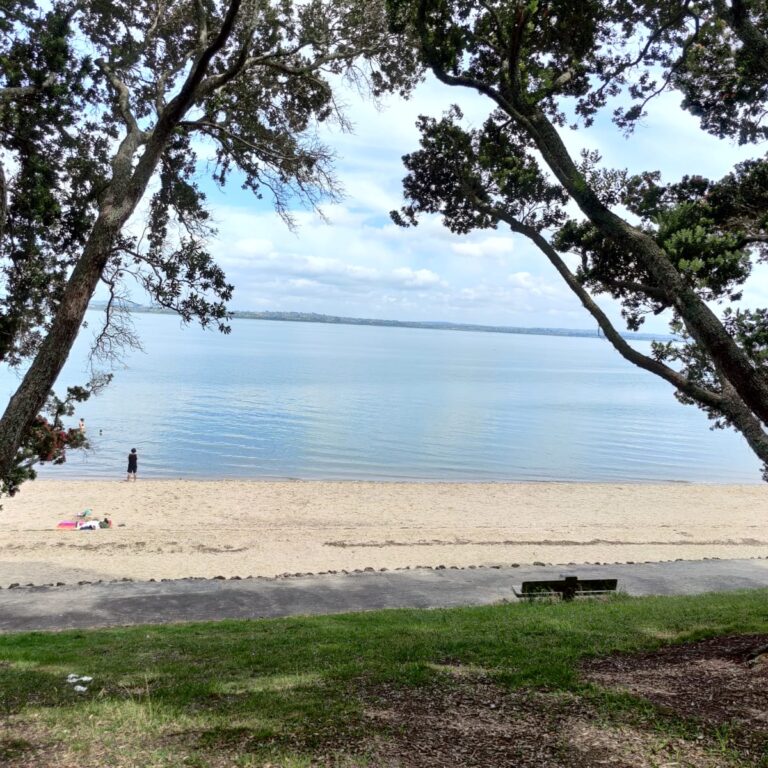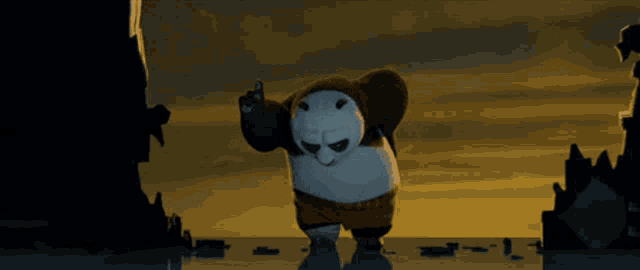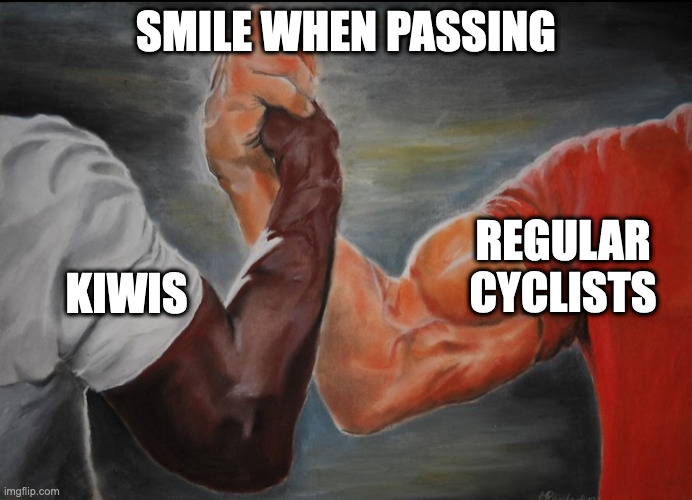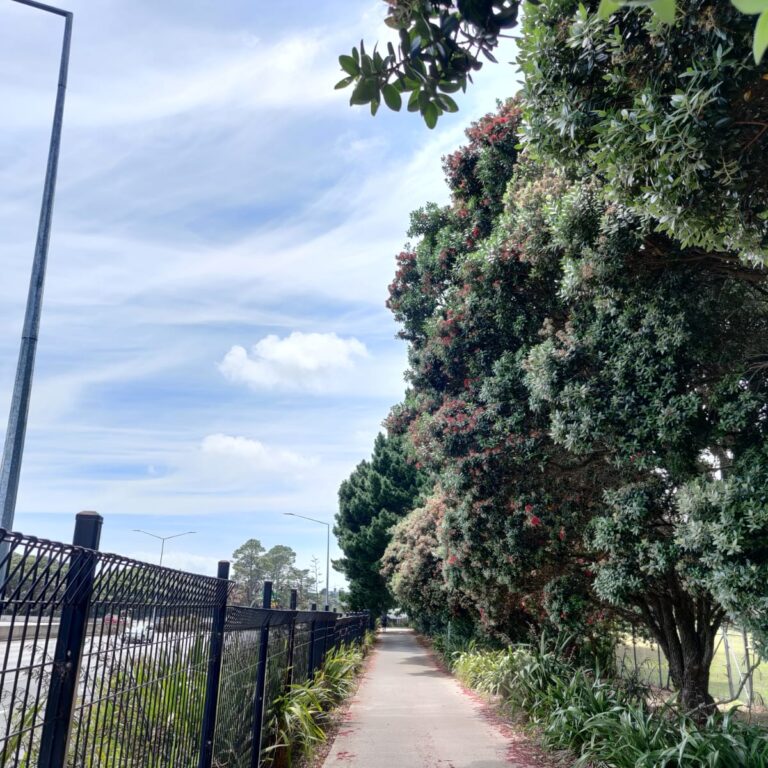The mere thought of riding a bike next to eight lanes of high speed traffic can trigger anxiety and fear, but add a fence and everything changes. This is a quick post about my first experience of the North Western Cycleway in Auckland.
A few weeks ago, the city came out of a COVID-19 lockdown that lasted over 100 days. During that whole time, despite it being heaven for cycling on the streets, I didn’t touch my bike. So when you get back on the saddle after such a hiatus, for a quick post-Christmas morning ride to the beach, you are reminded of how little you need to be a cycling friendly city.

Moving neighbourhoods
At the beginning of the lockdown, I lived in Newmarket, an inner city suburb that’s quite well connected by public transport to the rest of Tāmaki Makaurau, which meant I didn’t have to go very far for the day to day (groceries, coffee, pubs and libraries). Even work was super close. However, because it is so central, it is a scary space to share the road with cars and buses.
By the time the lockdown was lifted, I moved to another central suburb, Kingsland, which came with some crucial differences, namely more single housing / strictly residential streets with near-vertical inclines, and a less intimidating road sharing atmosphere.

Auckland, the city of maunga and crush-a-budding-cyclist’s-spirit hills
Tāmaki Makaurau has a number of maunga (te reo Maori for mountains) that are sacred to the local iwi. They also offer some of the best views of the city (here’s a quick reckoner of the top ones). This also means, if you are someone who wants to reduce their carbon footprint and not use cars for everyday living, the city will put your willpower, lungs and knees to test.
In Newmarket, I only needed to face one soul-crushing hill on my ride to work, whereas to make the same trip from Kingsland, I will have at least two climbs. Combined with the fact that my commute is now also longer, that has pretty much put my bike-to-work plans on the backburner.
Going flat
At one end of the steep street on which my new place is located, is the North Western Cycleway, a mostly flat, 20-km long, separated two-way cycle path. In my lungs’ opinion, riding even 10 flat kilometres is way less intimidating than climbing a single hill. So while I was convinced that I would be flat out (pardon the pun) at the end of my 6-km ride to the Point Chevalier beach and back, I was anything but. Sticky? Sure. Tired? Not at all!
This ride made me think about how much more I’d cycle around if Auckland was a more level city and had more segregated bikeways. But more than that, what a great mode of transport a cycle is, especially if you don’t have to climb over a million hills to get places.

Just the most basic infrastructure – like a separated bike lane – allows so many more people to see, imagine and ride without fear, and these optics will be crucial to increasing ridership. (Of course, things are more layered than that and each city has its own complexities like punishing weather conditions, local laws and the like, but that’s for a separate blog.)

On the cycleway, I did see a lot of Lycra wearers (Lycra Army?) but also many everyday folks who said hi and smiled when passing. Even though the entire route for my trip didn’t have protected bike lanes, the infrastructure is good enough.

On the other side of the fence were 8 lanes of motorway traffic zooming past. However, this also means that in a rush hour traffic jam, idling drivers will be able to see cyclists going past with ease, and think about trying it out themselves.
So for this Christmas, I’m asking Santa to get the government to add a few more protected bike lanes every month, and provide subsidies for e-bikes, for a fraction of what it invests in car infrastructure (and the street parking it gives away to drivers).